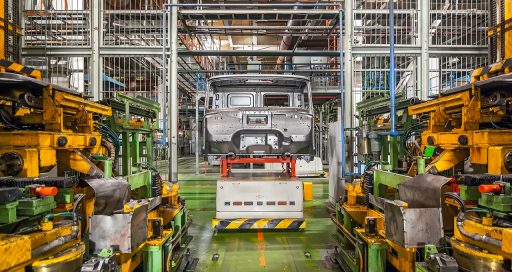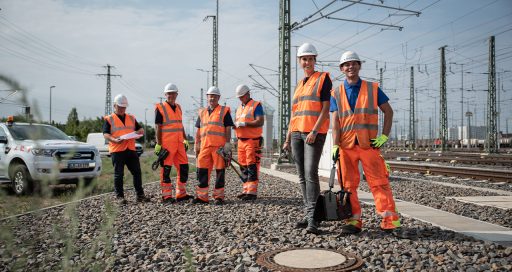Fibre, WiFi, Lora, 4G, and soon 5G: which network is best for a smart, efficient, and well-run city? The best answer is a combination of networks converging in a data-sharing platform, based on the existing urban infrastructure, and focused on open standards.
![]()
Fibre, 5G, WiFi, Bluetooth, Lora, Sigfox, etc. Which is the ideal network for connecting the smart city’s many communicating objects? None of the above, or rather all of them, say the experts. Axians (VINCI Energies) Business Unit Manager Stéphan Guidarini says that “There is no single, universal solution for connecting all the buses, cars, urban lighting, and water and energy systems that have built-in sensors. The best solution for a municipality is a combination of mobile, fibre, WiFi, and Lora. Each technology meets a specific need, in terms of coverage, reliability, and efficiency.” The choice of technology will depend on the priority – range, cost, energy consumption, bandwidth, latency, or data transfer rate.
Analytical smart camera
When a fibre optic network has already been rolled out in a municipality, it can be used to serve different points if a high data rate is needed – for example, to install analytical cameras, which can sometimes be more advantageous than a network of sensors. In Lisbon, Axians has rolled out a smart parking solution based on the technology, which combines video image capture and analysis not just to report information on parking space availability but to detect inappropriate vehicle behaviour or wrong-way traffic.
“The core of the smart city information system is the pooled database that stores and correlates the data reported by the networks”
Traffic analysis at the Place de la Nation in Paris is another example of the use of the smart camera, which can recognise pedestrians, cars, and even abnormal vehicle behaviour within an urban area to detect an accident. “The analytical camera is more precise and easier to install. It will come into widespread use in the smart city,” says Stéphan Guidarini. This is particularly true now that edge computing can be used to process data locally and avoid reporting data that could be used to identify people or vehicles.
Promising 5G
Bandwidth is needed to transfer these large files and sometimes WiFi is not enough. If, on the other hand, the municipality has decided to offer its residents this wireless Internet connection service, the network could also be used to interact with the citizen installing the app. WiFi service could also be used to count pedestrian traffic flows, as is now being done in Aix-en-Provence, in order to study how people move within the city.
For services using sensors that transmit relatively little data, low data rate networks that consume little energy, such as Lora and Sigfox, are appropriate. In Aix-en-Provence, sensors measuring such things as air quality and waste-bin-filling rates send the data once an hour to the city’s Lora network. The two-way network is also used to send instructions to connected objects to control such things as smart watering of city gardens. Lora is a technology based on open protocols, enabling the municipality to upgrade its smart city scenario over time while protecting its long-term investment. The use of open protocols is recommended since interoperability is key to ensuring smart city efficiency.
5G technology, which has a promising future in the smart city, will not replace the other networks. Its higher cost will mean that it will be used for purposes requiring high data rates and high performance – for example, to manage mobility involving the connected vehicle, says the Axians business unit manager.
In addition to technical features, it is important to consider other criteria when rolling out a city’s communication infrastructure. First, “Start with the city’s existing systems.” Existing communication networks can be re-used in the new infrastructure. Then, “To keep costs under control over time and ensure that data governance is independent of the stakeholders in the region, it is preferable for the city to own its communication networks,” says Edouard Henry-Biabaud, Business Development Manager at Axians.
Communication networks are the first of the city’s three basic technological components. “The second is the pooled database that stores and correlates all city data reported by the networks. Data centralisation is crucial in a Smart City programme because it increases the value added delivered by the third component – the applications that support new uses for citizens and city departments. The better these applications combine data from multiple sources to present a broad picture representative of the way the city actually works, the more useful they will be,” says Edouard Henry-Biabaud.
10/07/2019
Learn more:
https://www.ft.com/



